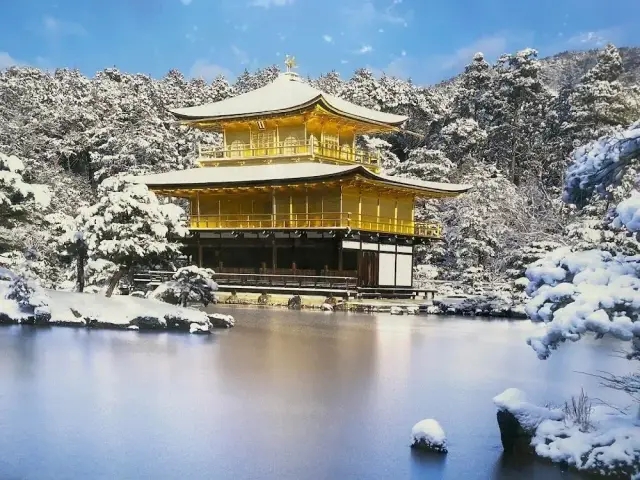https://www.dekitabi.com/itinerary/kyoto-must-see-temples-tour
Kyoto, Japan’s ancient capital, is a city where history and tradition intertwine to create a tapestry of cultural wonder. Among its many revered landmarks, Fushimi Inari Taisha, Kiyomizu-dera, and Kinkaku-ji stand out as must-visit sites for anyone exploring the city’s rich heritage. Each of these iconic locations offers a unique glimpse into Kyoto’s past and its enduring traditions. Here’s a detailed look at what makes these sites exceptional.
Fushimi Inari Taisha: The Enchanting Shrine of Thousand Torii Gates

https://www.dekitabi.com/attraction/fushimi-inari-taisha
Fushimi Inari Taisha, situated at the base of the Inari Mountain in southern Kyoto, is renowned for its breathtaking path lined with thousands of vibrant red torii gates. Founded in the 8th century, this Shinto shrine is dedicated to Inari, the deity of rice and agriculture. The shrine’s distinctive feature is the “Senbon Torii” or “thousands of torii gates” that form a mesmerizing tunnel leading up the mountain.
Visitors can explore several trails that wind through the lush forested mountain, offering panoramic views of Kyoto. The main trail takes approximately two hours to complete, passing numerous smaller shrines and offering a tranquil retreat from the city’s hustle and bustle. The gates, donated by individuals and businesses, are inscribed with the names of the donors, providing a personal touch to the spiritual journey.
Kiyomizu-dera: The Historic Temple with Panoramic Views

https://www.dekitabi.com/attraction/kiyomizu-dera
Perched on the eastern hills of Kyoto, Kiyomizu-dera is a historic Buddhist temple celebrated for its stunning wooden stage that juts out over a steep hillside. Founded in 780, this UNESCO World Heritage site is part of the larger Kiyomizu-dera Temple complex, which encompasses several buildings and beautiful gardens.
The temple’s main hall, known as the Hondo, is supported by hundreds of wooden pillars, and visitors can enjoy breathtaking views of Kyoto’s cityscape and the surrounding cherry and maple trees. During the cherry blossom season and autumn foliage, the scenery becomes particularly spectacular, making it a prime spot for photography. Kiyomizu-dera is also renowned for its Otowa Waterfall, where visitors can drink from its three streams, each believed to grant longevity, success in academics, or a fortunate love life.
Kinkaku-ji: The Golden Pavilion of Tranquility

https://www.dekitabi.com/attraction/kinkaku-ji
Kinkaku-ji, or the Golden Pavilion, is one of Kyoto’s most famous landmarks and a symbol of Japanese Zen architecture. Constructed in 1397 as a retirement villa for Shogun Ashikaga Yoshimitsu, Kinkaku-ji was later converted into a Zen Buddhist temple. The pavilion’s top two floors are covered in pure gold leaf, reflecting beautifully in the adjacent mirror pond and creating a striking image that has captivated visitors for centuries.
The temple is set within an expansive garden that includes a pond and meticulously manicured landscapes, offering a serene atmosphere for contemplation. The contrast between the gleaming golden structure and the lush green surroundings exemplifies the harmony between human creations and nature, a core principle of Zen Buddhism.
Why These Kyoto Sites Are Essential for Your Japanese Journey
Fushimi Inari Taisha, Kiyomizu-dera, and Kinkaku-ji are not just landmarks; they are gateways to understanding Kyoto’s cultural and spiritual heritage. Each site offers a unique experience—whether it’s walking through the sacred torii gates of Fushimi Inari Taisha, admiring the panoramic views from Kiyomizu-dera, or marveling at the golden splendor of Kinkaku-ji.
When planning your visit to Kyoto, these sites should be at the top of your list. They represent the essence of Kyoto’s historical and spiritual landscape, making them indispensable for anyone interested in experiencing Japan’s rich cultural legacy.


Leave a Reply